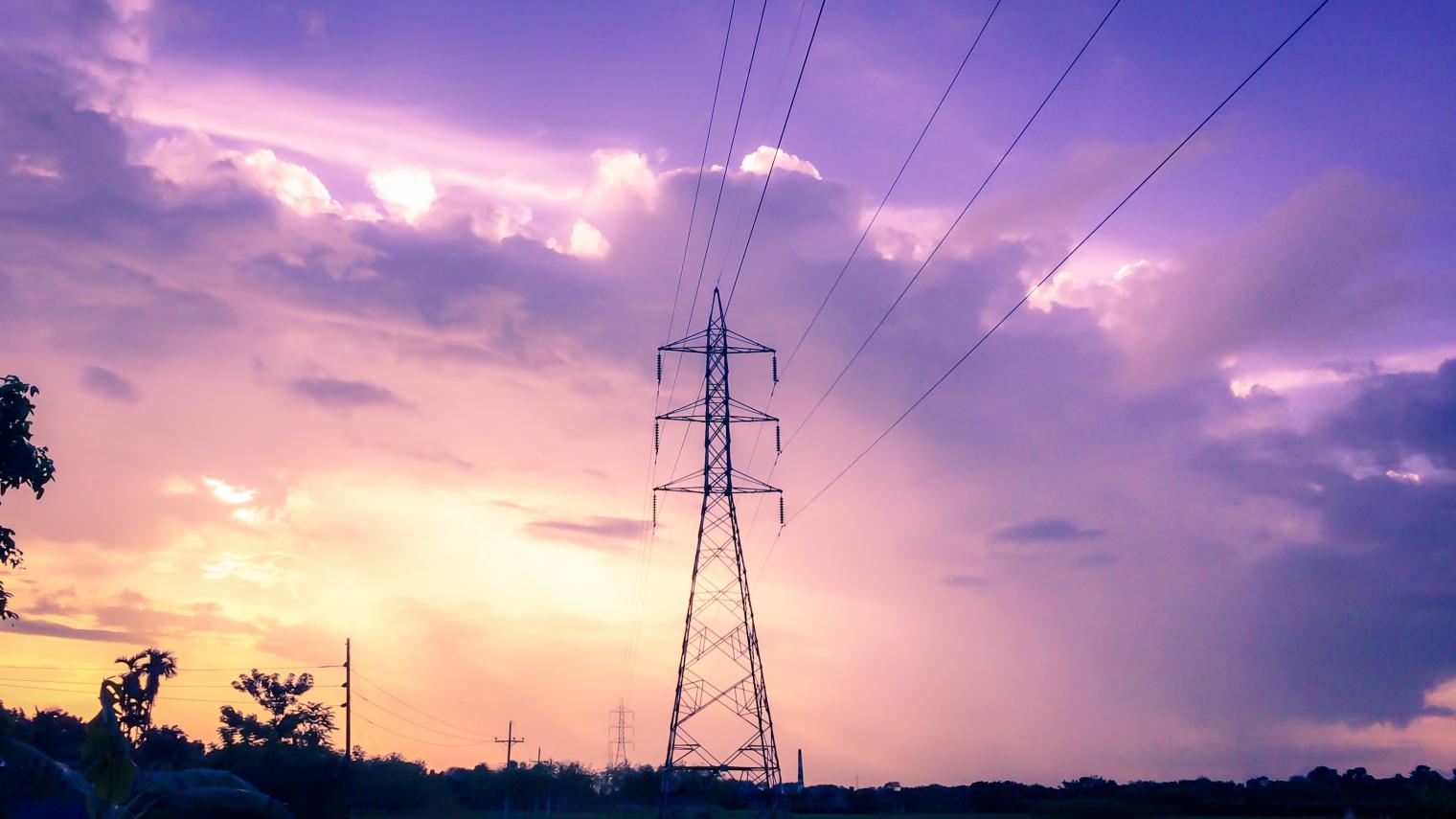
Electricity is one of the most important needs in our daily lives with nearly every activity requiring electricity. Sourced from the Instagram account @pln_disjaya, it is explained on how the sources of electricity are streamed to our homes for our electrical needs.
“The power sources available in Indonesia originates from a few generators that utilize natural resources. Such as PLTA (Pembangkit Tenaga Listrik Air), PLTU (Pembangkit Listrik Tenaga Uap), PLTG (Pembangkit Listrik Tenaga Gas), PLTD (Pembangkit Listrik Tenaga Diesel), PLTB (Pembangkit Tenaga Listrik Bayu/Angin), PLTS (Pembangkit Tenaga Listrik Surya, and PLTSa (Pembangkit Tenaga Listrik Sampah). Aside from that, the electricity generated are then channeled to transmit through the network Saluran Udara Tegangan Tinggi (SUTT) or Saluran Udara Ekstra Tinggi (SUTET) towards the substation and the voltage is then lowered to medium. Afterwards, the electricity is channeled back from the Saluran Udara Tegangan Menengah (SUTM) towards the electricity via Saluran Udara Tegangan Rendah (SUTR) so that it can be channeled to the citizens and all the other electric consumers.”
Electric generators with a big capacity may produce currents with a voltage of approximately 20 kV (kilo volt), next, the voltage is increased to the step-up trafo substation (which functions to increase voltages) from 70 kV to 150 kV. High voltages are transmitted through the network in Saluran Udara Ekstra Tinggi (SUTET) with a voltage of 500 kV. The reason why electric voltages are channeled through a transmitted network is to decrease the current so that it can minimize loss of power. However, voltages with a capacity of 150 kV will then be channeled to a large-scale industry. Below is a diagram of electricity transmitted from its generator to consumers through transmission to distribution:

Once it has been channeled through transmission Jaringan Saluran Udara, the next step is for high voltages to enter the substation where the voltage changes to 20 kV and can also be used for mid-scale industries. Next, the 20 kV voltage will be channeled to the step-down trafo substation (which functions to decrease voltages) to be lowered again to 380 Volts between phases, and 220 Volts between phases and neutra.
With a voltage of 220 volts, this is what enters your home for your daily needs. A voltage of 220 volts consists of 2 cables with a phase (usually called positive) and neutral (usually called negative). Generally, electronic appliances require a minimum of 220 volts to function well.
This concludes our discussion on the transmission of electricity from generators to your home, we hope you found it helpful.
Other Interesting Information:
1. What is Electrical Power Cable?
2. How To Calculate The Power Capacity In Your Home
3. 5 Types Of Cables That Are The Right Choice For Your Home Installations
4. Differences Between Solid-Core Copper vs Fiber-Core Cables
5. Understanding The Function of MCBs and Its Types